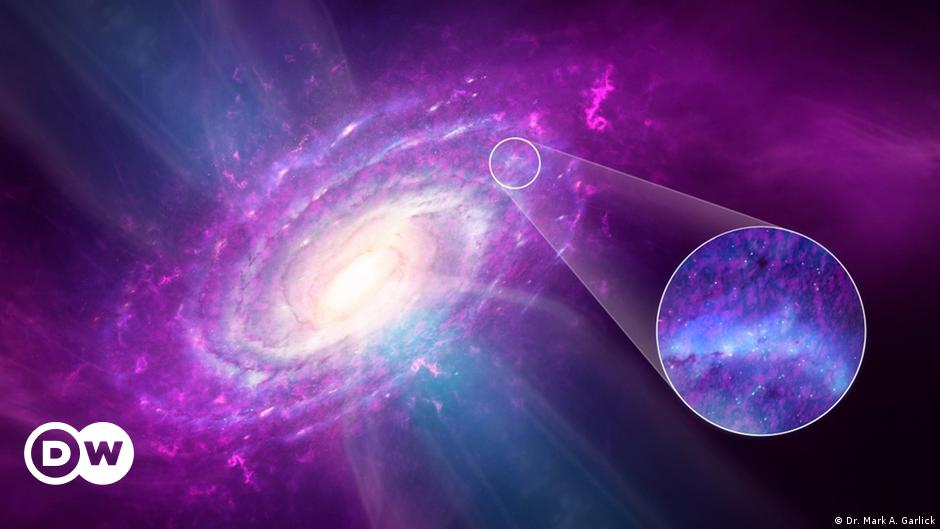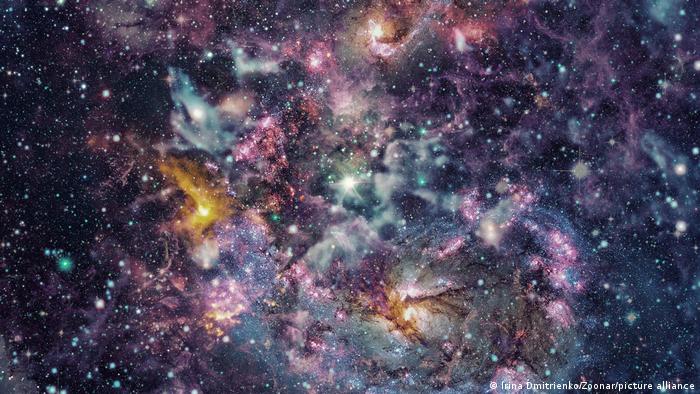A Spanish investigation led by the Institute of Astrophysics of Andalusia (IAA-CSIC) has detected a possible satellite galaxy of M33, the third largest in the Local Group after Andromeda and the Milky Way, in a project that discusses its formation models.
The Lambda-Cold Dark Matter cosmological model that explains the origin and evolution of the universe assumes that observations of some Local Group galaxies, such as neighboring M33, should show numerous satellites even though only one has been detected so far.
An investigation led by the Institute of Astrophysics of Andalusia (south) has found a candidate for a satellite of M33, which could be the starting point for new observations.
Sister of the Milky Way
With between thirty and forty billion stars, the spiral galaxy M33 (or Triangle galaxy) is the third largest of the Local Group, to which the Milky Way belongs and is gravitationally bound to Andromeda, the largest of the group.
M33 represents a clear exponent of what is known as the problem of “missing satellites”, since simulations estimate that it should have between nine and 25 satellite galaxies, but to date only one has been found.
“The discovery of a new candidate for M33 satellite may change our understanding of the system and the formation of galaxies, and for this reason it is important to carry out a census of dwarf galaxies using the deepest possible data,” explained researcher Talentia Senior of the IAA-CSIC that heads the work, David Martínez-Delgado.
Amateur Astronomer Find
The new galaxy, called Pisces VII, was detected by amateur astronomer Giuseppe Donatiello in the public data from the DESI Legacy survey and, to confirm it, the scientific team used deeper data obtained with a 3.5-meter telescope, which allowed them to measure its distance and its absolute magnitude.
The analyzes have suggested that it could be a satellite of M33, but the distance estimation is very complex and there would be another possibility since, if it were further away, it could be the most isolated dwarf galaxy detected so far.
EL (efe)






